I was happy that all was checked and I was ready for the Channel crossing when, like flicking a switch, my teeth began to rattle in my head.
Had I flicked a switch, inadvertently?
Nope – both mags were ON, fuel pump ON, fuel’s OK, mixture to fully RICH and carb heat to HOT. Nothing. Maybe it was a magneto – but it never rattles like this on a power check – so let’s try switching those off one at a time. OFF… one… two… ON… and again for the other one.
Nope, no change.
Right, well, that English Channel ahead needs avoiding for a start. And I need to get on the ground smartish, in case whatever it is gets worse. Where’s available?
A glance down to the SkyDemon tablet mounted just below my eyeline, and… oh look, right ahead of me, Eu Mers-Le Tréport just on the coast. OK, that’s where I’m going. Adjust track and look out to find it. Best tell Lille I am diverting.
“Right, that English Channel ahead needs avoiding for a start. And I need to get on the ground smartish…”
But they are still engaging with M’sieu Confused, who is still determined to go to his phantom runway. Wish they’d stop discussing this. I need to talk to Lille and tell them…
Ah, forget it – this is a daft long conversation – I need to catch attention. Wait for a pause in the chat and… “PAN-PAN, PAN-PAN, PAN-PAN Golf Alpha Yankee Lima Charlie has a rough running engine. I am diverting to Eu Mers, Lima Foxtrot Alpha Echo”.
An immediate – and I mean immediate – response from Lille: “Roger Golf Lima Charlie. The airfield is in your 11 o’clock, 10 miles.”
Fantastic! That is one switched-on cookie at the other end of this chat. I relax a bit (maybe), concentrate on planning an approach and finding the necessary airfield info I will need.
I also get a very short transmission on frequency from friends in an aircraft about 20 minutes ahead of me: “Check mags.” Thanks Tim, appreciated – have done that.
Those hours spent familiarising with the amazing SkyDemon have paid off. Click on LFAE and select ‘Route Direct’. Now I have a heading and a comforting magenta line to follow, just like a real airline pilot…
Another click on the airfield, and select the ‘Information’ option. Up comes the airfield plate so I have runway directions. Oh, and it’s 900m paved, sweet, and a frequency. Ah, Air-to-Air in French only – OK, that’s workable and… ah, whatever. I’m going there regardless.
“Those hours spent familiarising with the amazing SkyDemon paid off”
By now I have set up for a straight in approach but… wait, isn’t that the downwind runway? A glance to check on SkyDemon (from the forecast info downloaded before flight) and from the wind arrow then, yes, it will be. But no problem, I have lots of height, so adjust to join on high downwind for the into-wind runway.
“Lille Information. Golf Lima Charlie has Eu Mers airfield in sight two miles. Request frequency change to 123.500.”
“Roger Lima Charlie. Call me when on the ground. Can you copy a telephone number?”
Can I? Nope, my brain’s full. “Golf Lima Charlie negative. I’ll find it later.”
“Roger, frequency change approved. Bon chance.”
Thanks, Lille!
Bringing speed back…
How’s the height? Still good – looks like my aiming point is a third down the runway as all those instructors recommended. Bit high, do you think? Yes, a bit, so first stage of flap. Bring the speed back a bit more.
Call Final in execrable French, but hey, it’s almost the same word. Yep, made the runway so full flap, and flare and… would you believe it? A lovely gentle landing. Obviously, there will be nobody around to see it, given that it was a good one.
Taxi off the runway onto the grass parking, try a call (squelch off) just in case Lille could hear me (no) and shut down. Phew.
Well, I was right. Not a soul around to see that landing. Oh, wait – somebody’s coming out of the club house. In short order, after I explained the situation, I was in front of a very welcome, very strong and very black coffee. And I don’t drink coffee.
“A lovely gentle landing. Obviously, there will be nobody around to see it, given that it was a good one”
A bit of faffing around on my phone trying to read the relevant parts of the French AIP (again, facilitated by the omniscient SkyDemon) to find the phone number for the Lille supervisor was rendered moot by an incoming call from them (who had my number from my VFR flight plan). They already had a message that I was down safely, relayed from my friends in the aircraft ahead of me, whom I had been able to contact by WhatsApp in mid-Channel!


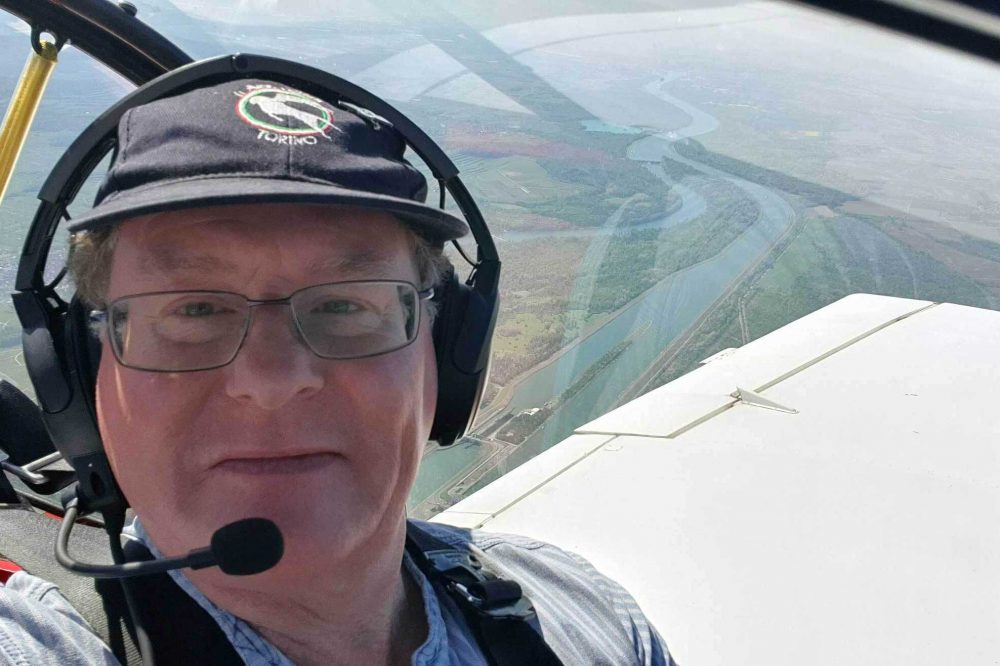
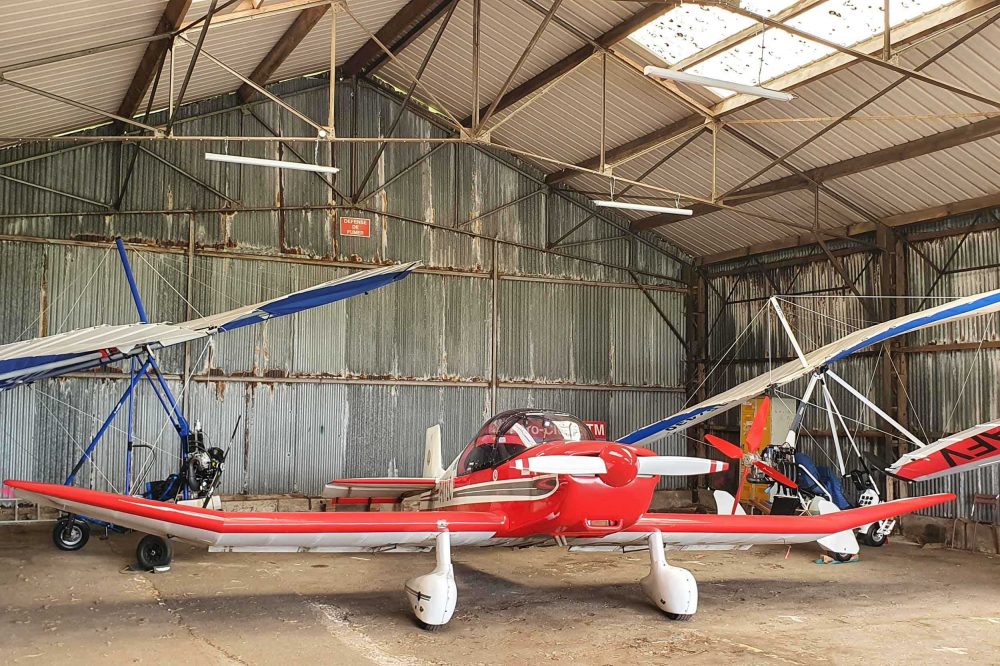
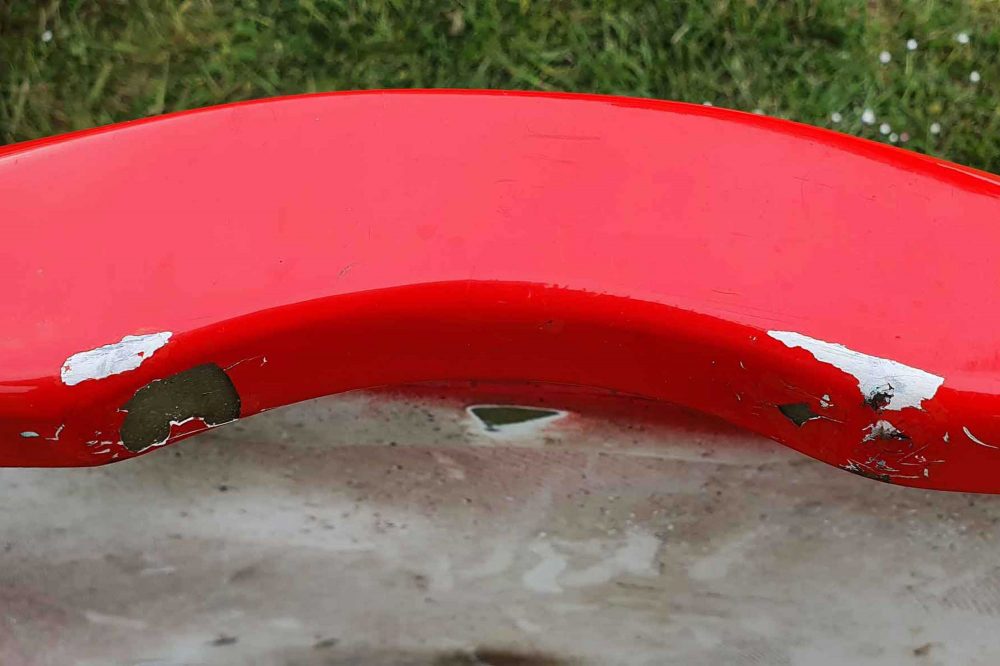
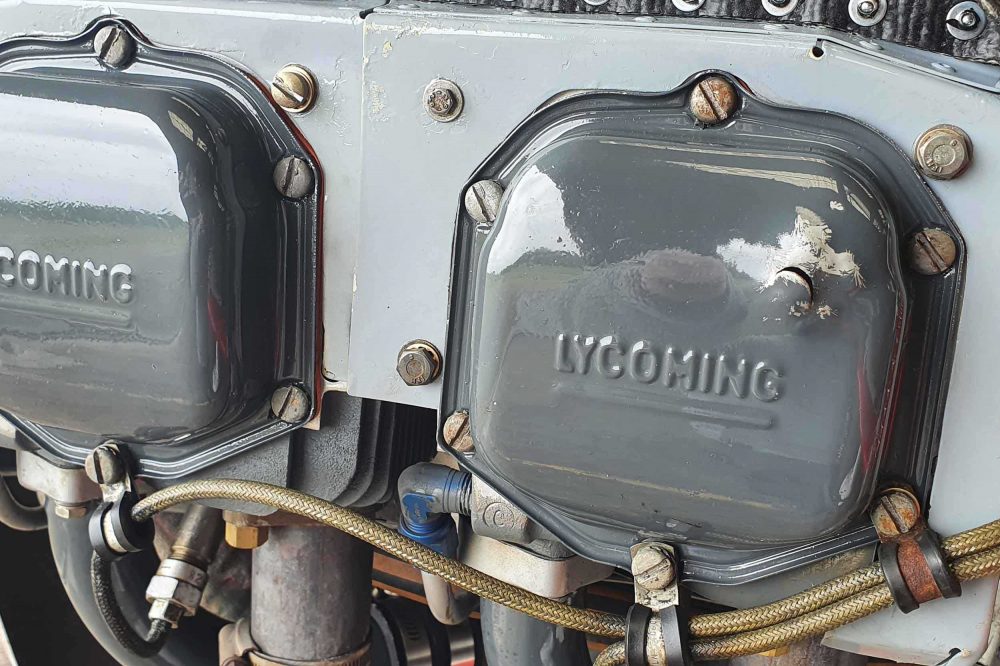
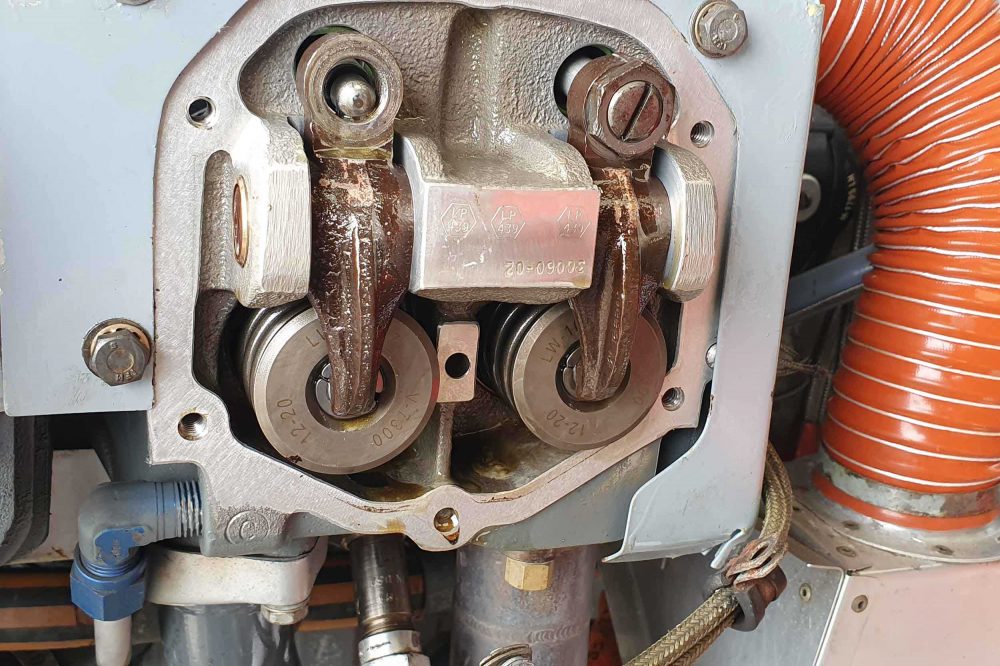
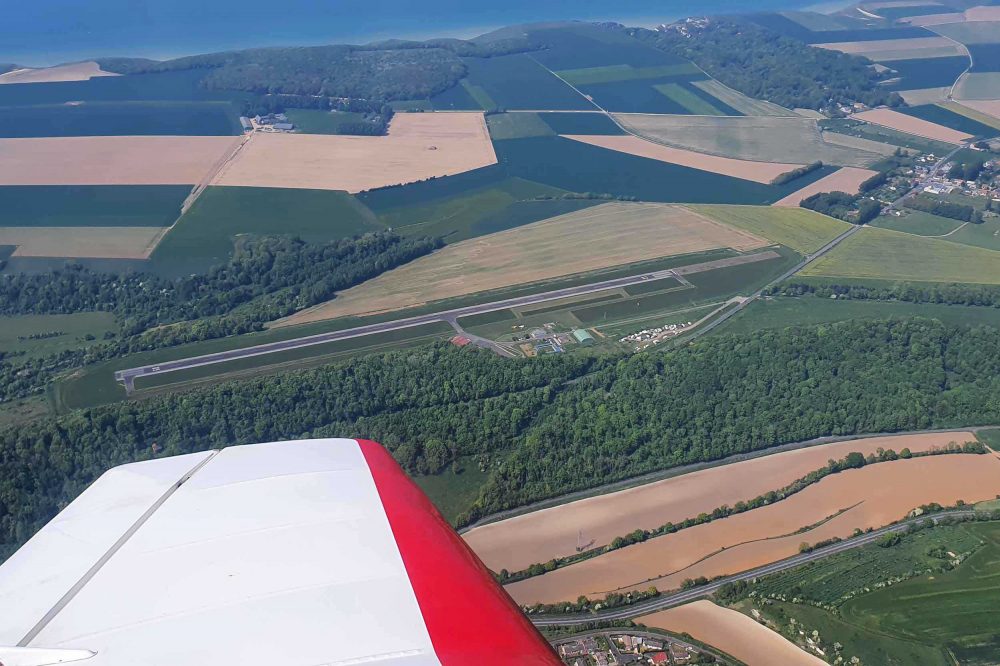
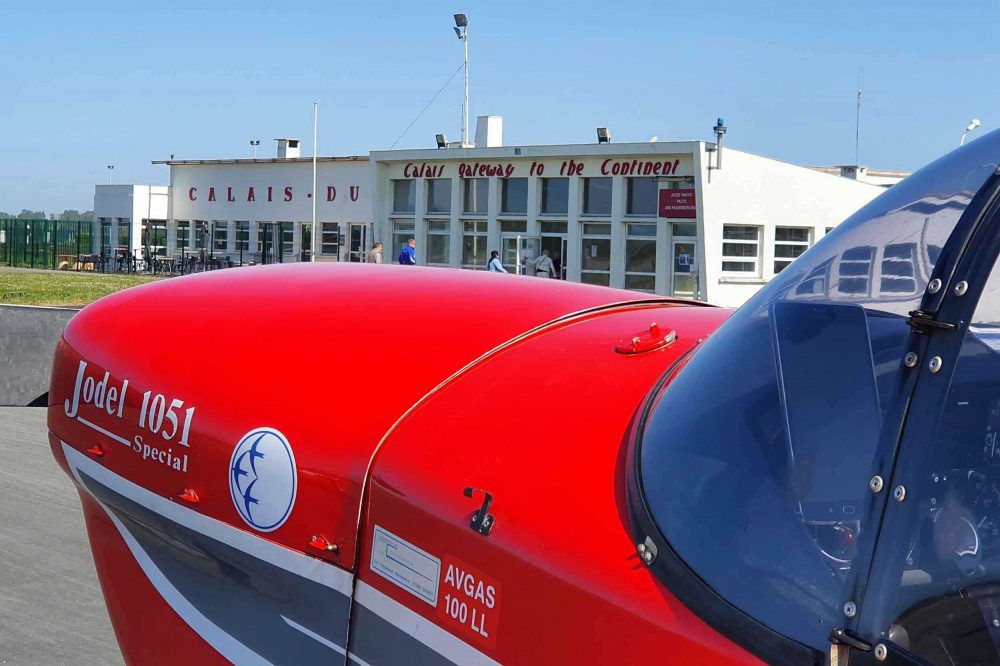
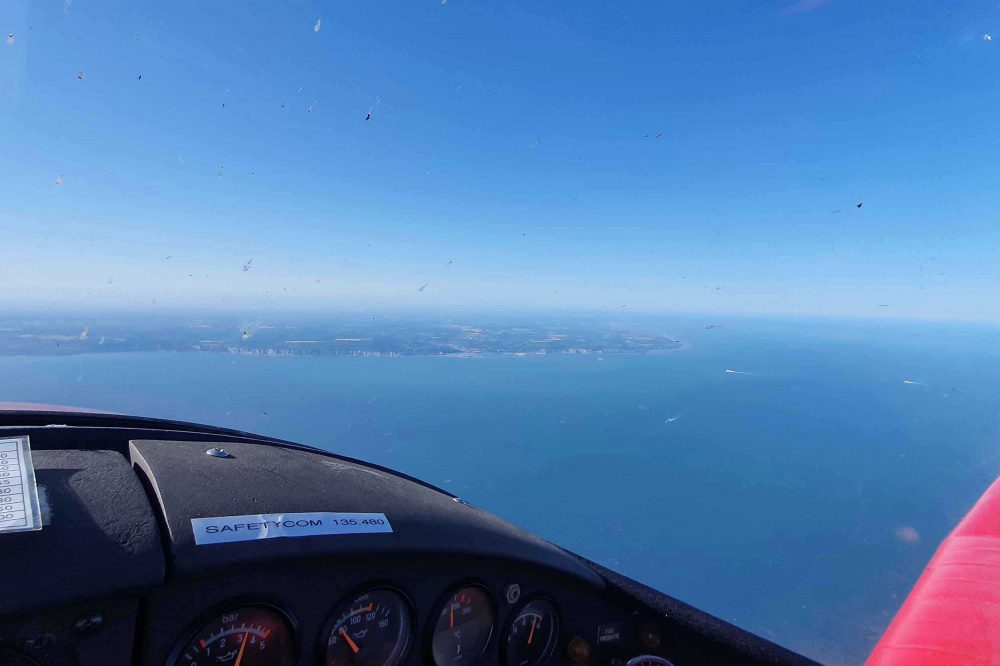
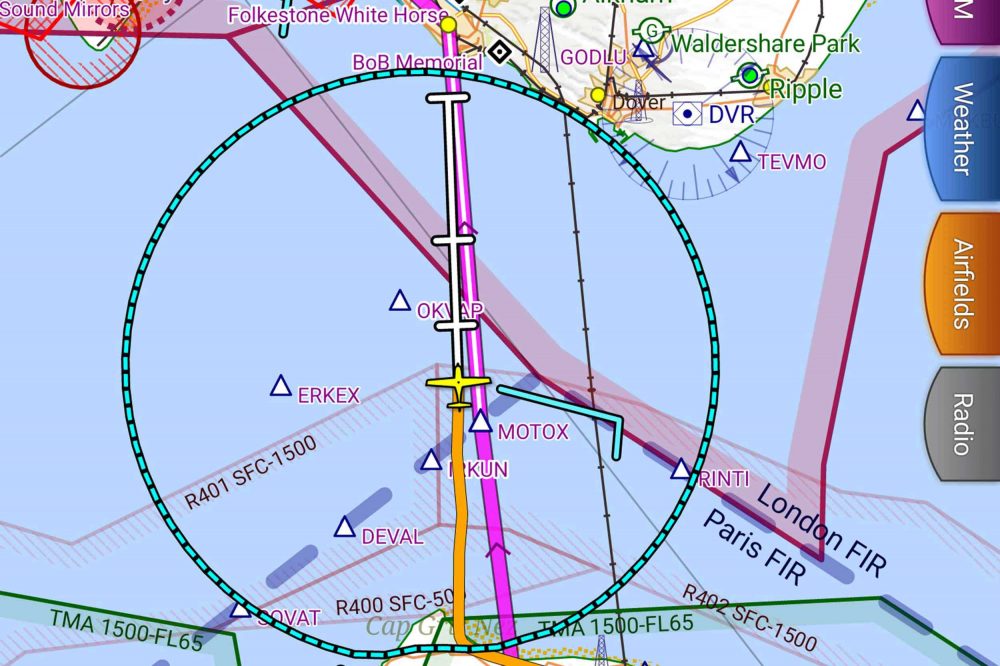
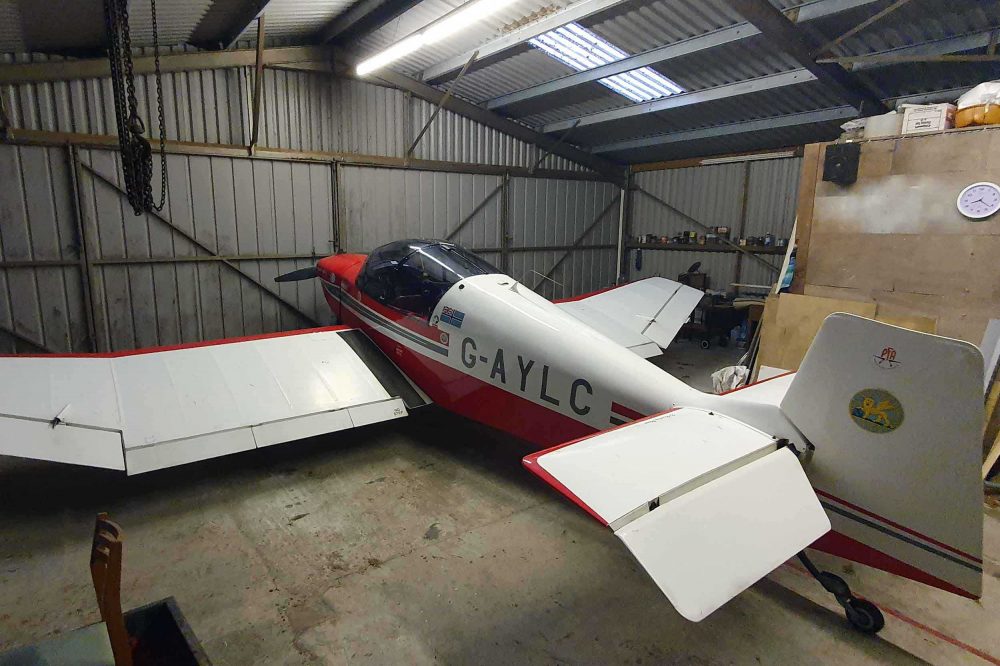




5 comments
Excellent article and a warning to us all to be prepared. Bravo Dave!
Very good write up Dave thanks for sharing.
Great article. I always visually check inside rocker covers on our 50 and annual but this reminds me to just check with a spanner. Does go to show how robust Lycomings are because of their simplicity.
Thanks Dave
Well done Dave, good work on all fronts.
Pheww, i was with you there, heart in my mouth feeling, glad it all worked out well .